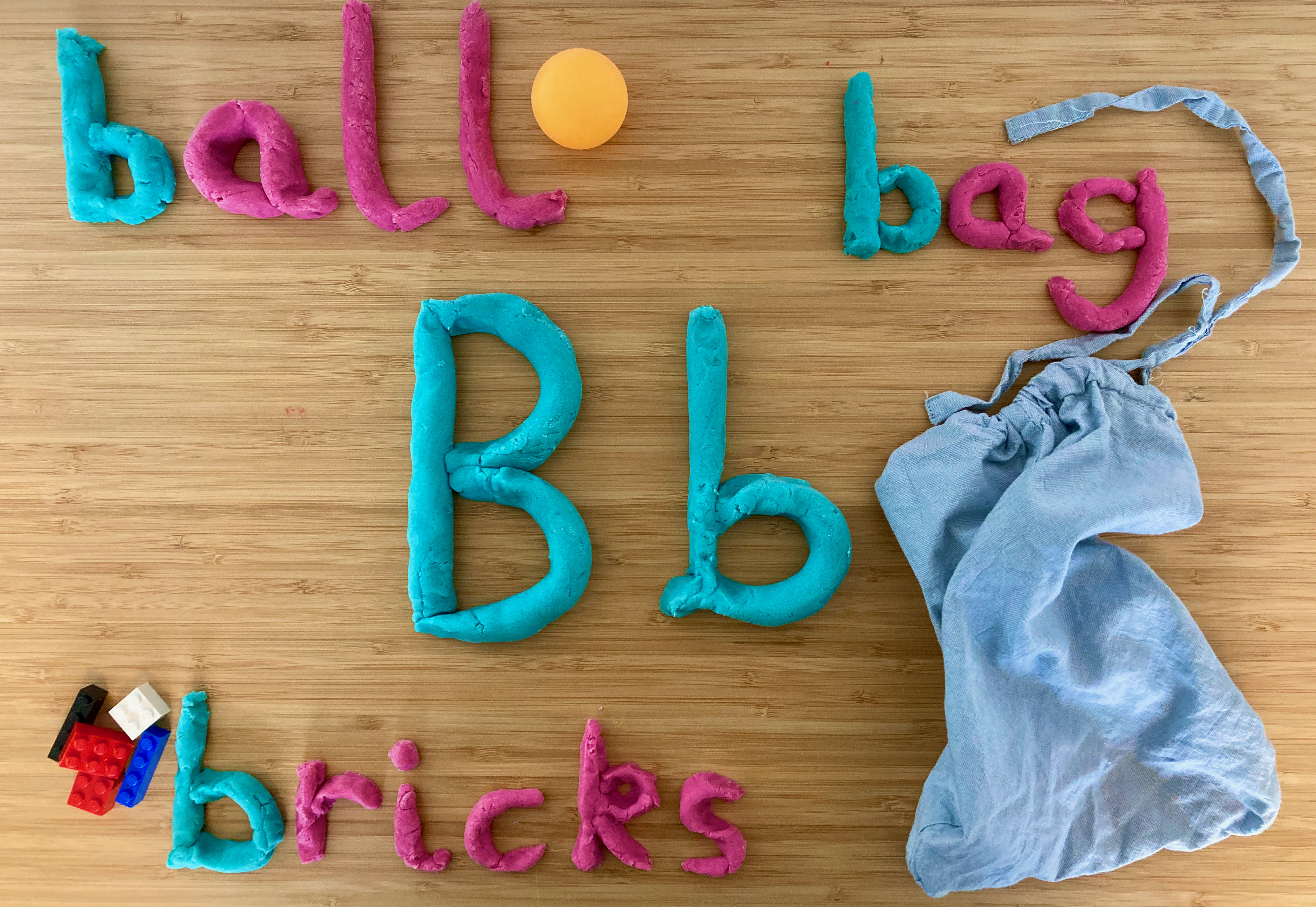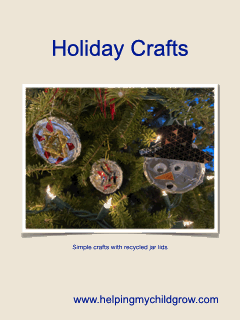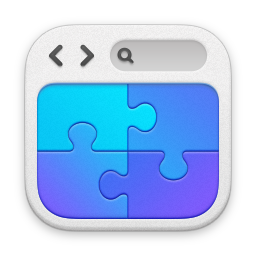Play Dough letter fun
Play dough is an easy to make, inexpensive, modelling material. Using just a few ingredients, your kids can get creative making their own modelling dough and sculpting it into their own role-play toys, letters and models.
- Store your home-made play dough in an airtight container in the fridge and re-use it.
Print the Play dough recipe here
Play Dough
What you need:
1 cup plain or all-purpose flour
1/2 cup table salt
1 tablespoons of vegetable oil
2 teaspoons cream of tartar
1 cup of water
4-6 drops of food colouring
Greaseproof paper (optional)
What to do:
-
Mix all of the ingredients together in a saucepan.
-
Place the saucepan on top of a cooker. Carefully, stir the mixture over a low to medium heat. The mixture will start to thicken.
-
Keep stirring until the mixture starts to leave the sides of the pan and begins to form a ball around your wooden spoon. (This takes between 30 seconds and 2 minutes depending on how hot the pan is.)
-
Carefully, (remember the pan will be hot) use a wooden spoon to scrape the dough out of the pan onto a piece of greaseproof paper or a clean work surface.
-
Allow the dough to cool then knead it for a few minutes to make it smooth.
-
Divide the dough up into smaller pieces. Then EITHER roll out the dough with a rolling pin and cut it into shapes (you could use biscuit cutters to do this) OR shape and model the dough with your hands.
Top Tips:
-
If the dough mixture is not cooked for long enough, it will be sticky when it is scraped out of the saucepan. Try kneading it on a floured board and/or adding a little more flour to the dough as you knead it.
-
Store the play dough in an air tight container in the fridge.
Activity develops:
Fine motor skills and Hand-eye co-ordination:
Pinching, rolling, cutting and manipulating the dough help to strengthen finger and hand muscles and develop hand-eye co-ordination.
Language skills:
-
Making play dough provides an opportunity for developing listening and instruction following skills. Vocabulary can also be developed as you introduce and use words like twist, roll, bend, pinch, squash, twist.
-
Use play dough to make letter shapes. Encourage your child to describe the look and feel of each letter shape and to think about the differences between capital and lowercase letters.
Get your child to trace over play dough letter shapes with their fingers. This will help them to develop a kinaesthetic memory of graphemes. (A grapheme is a letter or number of letters that represent a sound in a word.)
-
Encourage your child to use play dough to spell their name.
Science exploration:
As your child manipulates play dough, they will begin to discover that they can change the shape of some materials by squashing, bending, twisting and stretching etc.
-
Encourage your child to talk about the actions they use as they work with the play dough e.g. twist, stretch.
-
Can they describe the actions they use to change the shape of the play dough as a push or a pull? e.g. "I made a snake by stretching the play dough, stretching is a pull." "I made a pancake by squeezing the play dough between my hands. Squeezing is a push."
Creativity
Other posts you might like: Teddy Bears Picnic - Air Dry Salt Dough food


